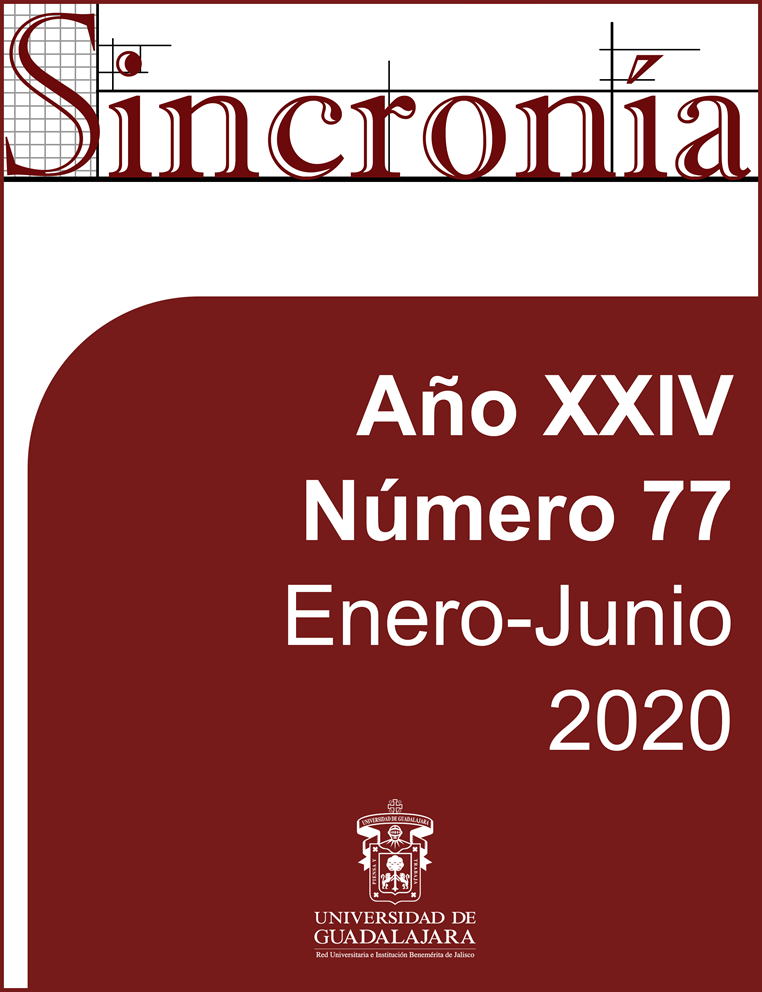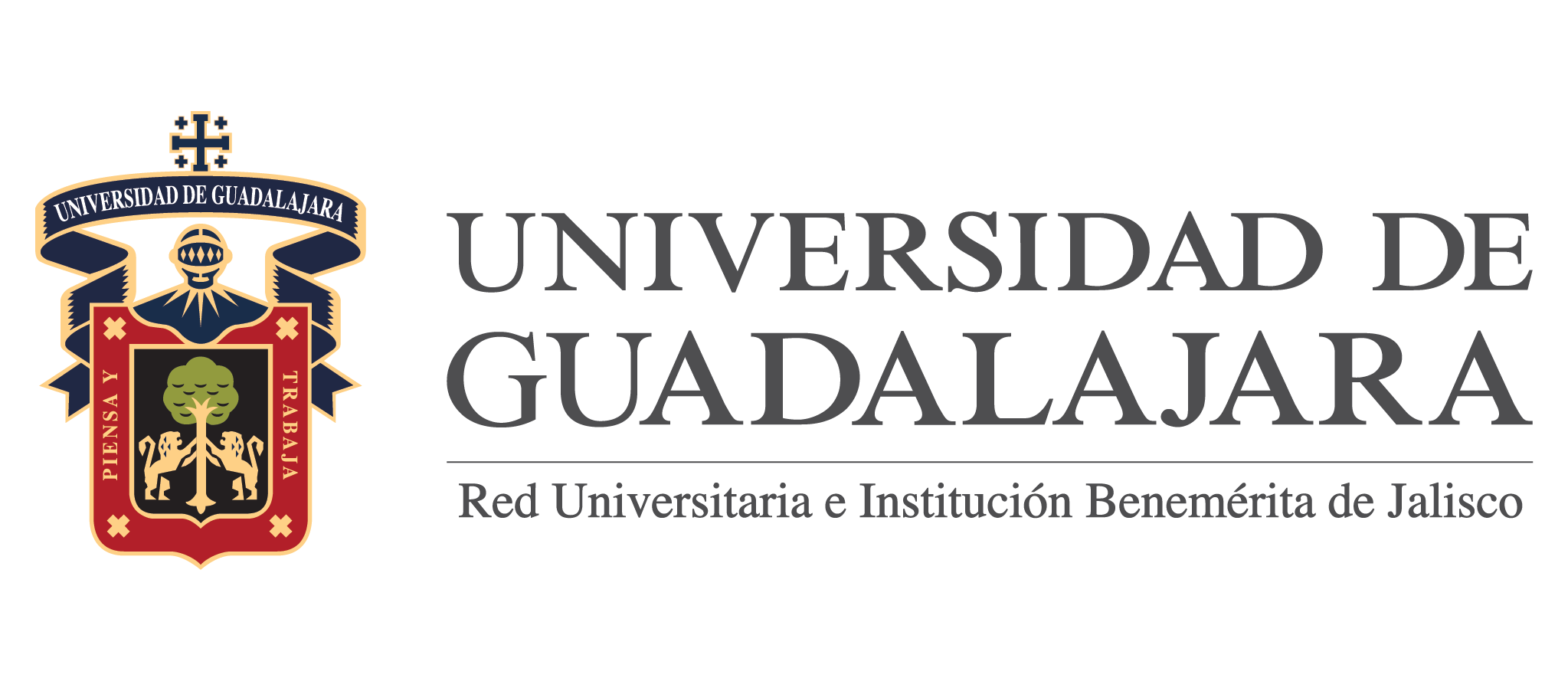Apocatarsis 2666. Representations of Evil and the Social Apocalypse in Roberto Bolaño's Novel
Keywords:
Representations of evil, Communicating vessels, Aesthetics of evil, Apocalypse., Apocatarsis,, 2666,, Bolaño,, Roberto.Abstract
The following work aims to delineate the architecture of evil as the epicenter of the complex Bolanian narrative. The evil is abstracted until it represents the omnipresence of the historical evil of humanity, the small incidents of the novel seem to be disconnected from each other, but beneath the surface are syndromes of the same phenomenon. The underlying idea is to find the structure within the different representations of evil in the novel and how from these the idea of an apocalypse develops as a reading of the hope of the times instead of a social pessimism. It is an attempt to decipher the apocalyptic hope within the aesthetics of the evil of 2666, in addition to understanding the disease of modern man, whose fascination with horror is the oasis where it is contemplated.
Downloads
References
Arendt, H. (2011): Eichmann in Jerusalem. Ein Bericht von der Banalität des
Bösen. München: Piper.
Baudrillard, J. (2006): Die Intelligenz des Bösen. Wien: Passagen.
Bernabéu Albert, S., Mena García, C. (2012): El feminicidio de Ciudad Juárez. Repercusiones legales y culturales de la impunidad. Sevilla: Universidad Internacional de Andalucía.
Bolaño, R. (1999): Amuleto. Barcelona: Anagrama.
Bolaño, R. (2004): 2666. Barcelona: Anagrama.
Bolaño, R. (2010): Cuentos. Barcelona: Anagrama.
Ediciones Rialp (1981): Gran enciclopedia RIALP. Madrid: Ediciones Rialp.
Goethe, Johann Wolfgang von (2000): Faust. Der Tragödie erster Teil Stuttgart: Reclam.
Halter, H. (2000): Arzt und Agitator, Der Spiegel (11), 302-303.
Kant, Immanuel (1792): Ueber das radikale Böse in der menschlichen Natur. [s.l.]: [s.n.].
Rojas Toro, F., López de Abiada, J. M. (2012): La ciudad y el motivo del homo sacer. Acercamiento a 2666, de Roberto Bolaño, en: El feminicidio de ciudad Juárez. Repercusiones legales y culturales de la impunidad. Universidad Internacional de Andalucía: Sevilla, 183-198.
Stajnfeld, S. (2012): Cuatro imágenes del mal en 2666 de Roberto Bolaño, Fuentes Humanísticas, 24(44), 69-82.
Suerbaum, U. (1985): Intertextualität und Gattung: Beispielreihen und Hypothesen, Broich/ Pfister: Intertextualität: Formen, Funktionen, anglistische Fallstudien. Tübingen: Max Niemeyer, 58-77.
Valera, R. (1960): La santa biblia. Corea: Sociedades Bíblicas en América Latina.
Vargas Llosa, M. (1997): Los vasos comunicantes, en: Cartas a un joven novelista. México/D.F.: Planeta Mexicana.
Willem, B. (2013): Las palabras servían para ese fin: la literatura y el mal en 2666 de Roberto Bolaño, en: BHS 90, 79-91.
Downloads
Published
How to Cite
Issue
Section
License
Copyright (c) 2020 Ernesto Abundis Martínez y Anna-Lena Glesinski

This work is licensed under a Creative Commons Attribution-NonCommercial 4.0 International License.
You are free to:
- Share — copy and redistribute the material in any medium or format
- Adapt — remix, transform, and build upon the material
- The licensor cannot revoke these freedoms as long as you follow the license terms.
Under the following terms:
- Attribution — You must give appropriate credit , provide a link to the license, and indicate if changes were made . You may do so in any reasonable manner, but not in any way that suggests the licensor endorses you or your use.
- NonCommercial — You may not use the material for commercial purposes .
- No additional restrictions — You may not apply legal terms or technological measures that legally restrict others from doing anything the license permits.




























